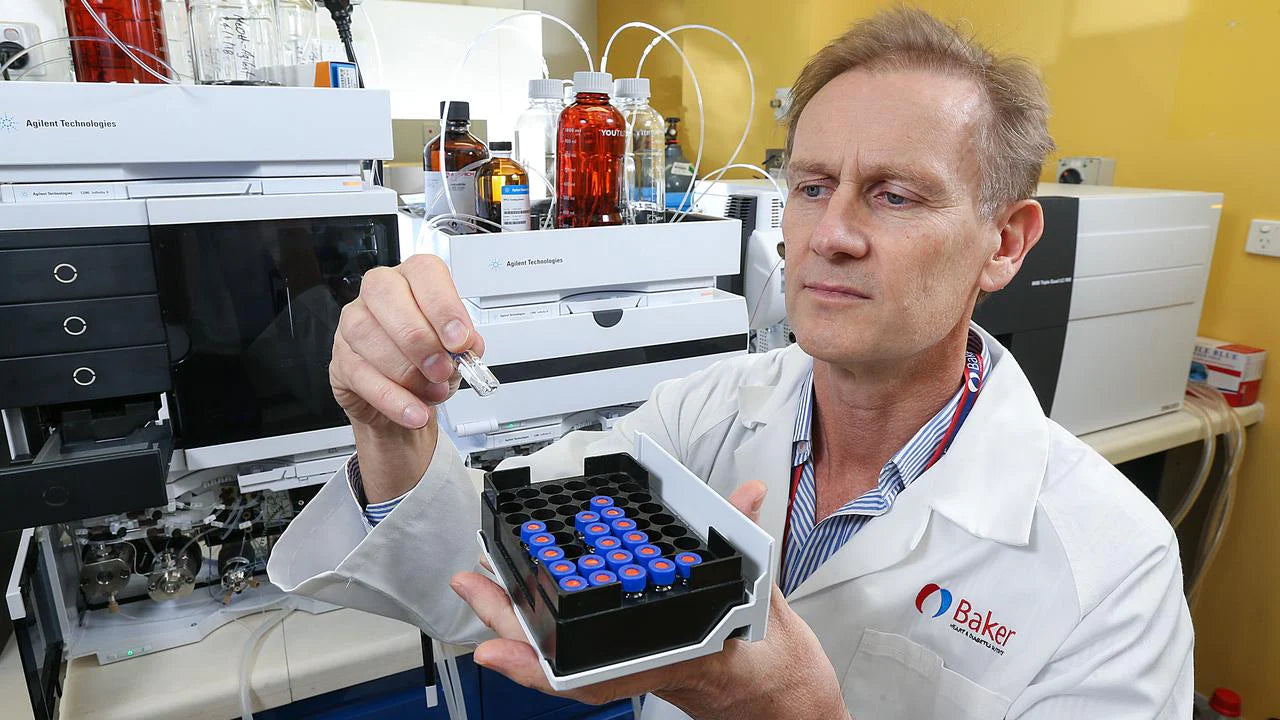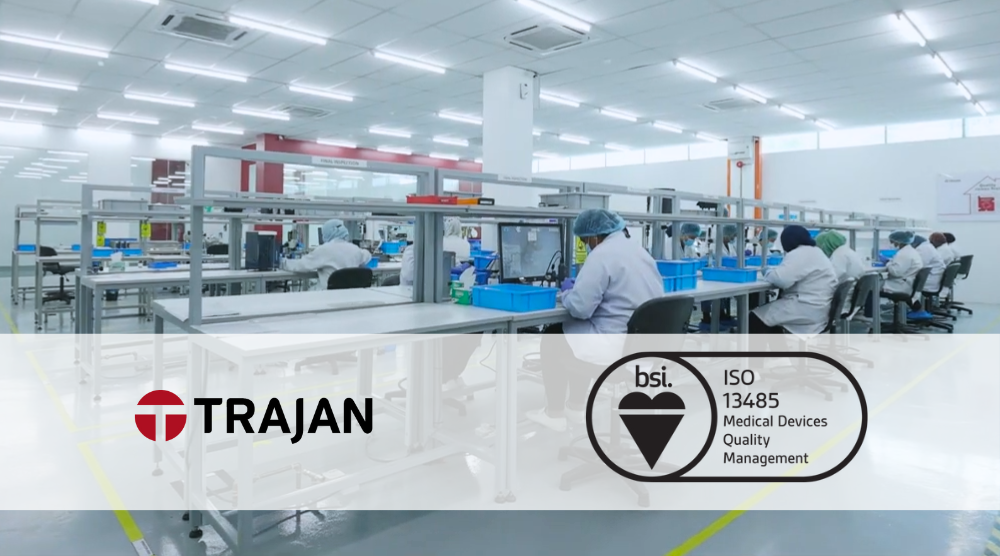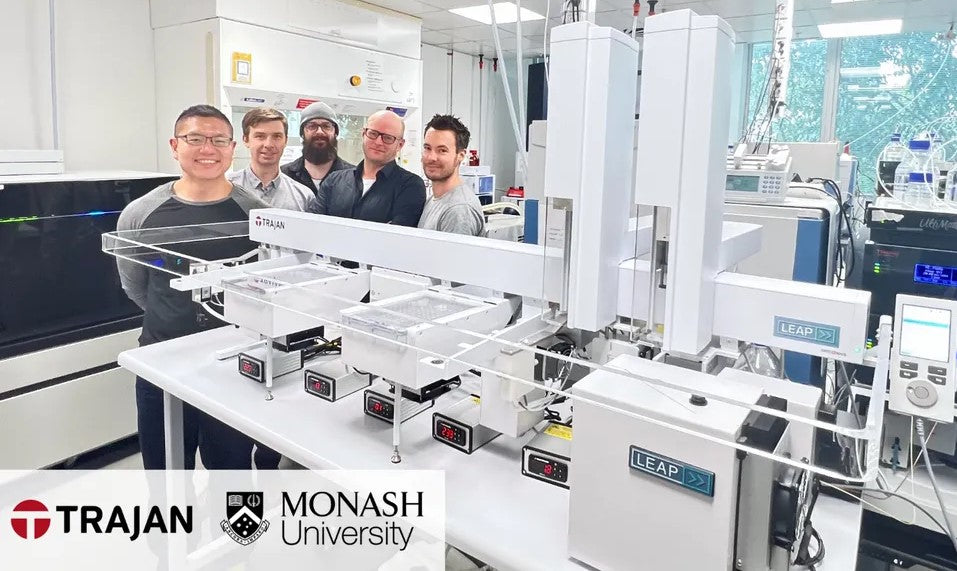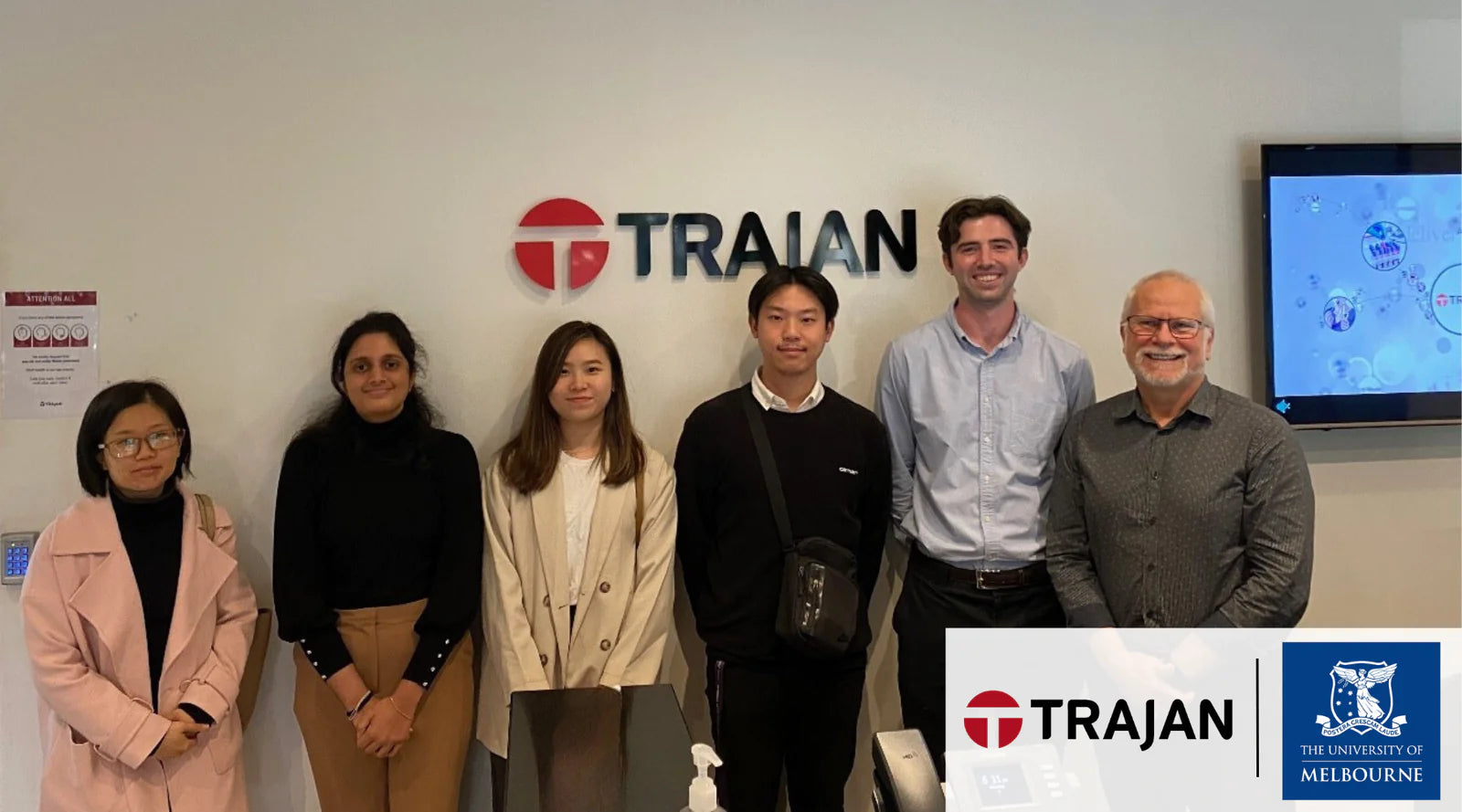A NATURAL FIT FOR TWO TOP PLAYERS
Collaboration has been key to a global health innovation to counter cardiovascular disease.
An article by Helen Trinca. Originally published in The Australian on 7 January 2023.
One of Australia’s leading research facilities, the Baker Heart and Diabetes Institute, had the technology to potentially revolutionise testing for heart disease and diabetes, using just a single drop of blood. All it lacked for this global breakthrough was commercial nous, developmental infrastructure and marketing know-how.
On the other hand, Trajan Scientific and Medical, a Melbourne-based ASX biotech company, had the technology and expertise to take products to market.
In the end, says Peter Meikle, head of the Baker’s systems biology domain, the decision to collaborate in 2020 was a natural fit.
Now he and Trajan chief executive Stephen Tomisich are on the edge of a world-class development in the risk assessment of a range of cardio and metabolic diseases. In two years they hope to be commercially marketing a simple test that can be used at home by patients or in remote areas to test for a range of cardiovascular conditions.
It will be among the first of its kind worldwide – and each side of this business-academic collaboration recognises they could not have got to this point without the other.
The test is a leader in terms of the number of lipids – more than 200 – it can measure. In essence, it provides a snapshot of a patient’s metabolism to allow more accurate stratification of risk levels.
Trajan, which is only a decade or so old, is high on the list of companies collaborating with Australian universities, according to analysis done by the group League of Scholars for The Australian late in 2022.
Trajan came in at No.2 on the list of Australian companies, after the much bigger and older CSL, demonstrating that collaboration is not just for big businesses.
The Baker has worked for years on developing new technology to assess risk based on lipidomics – a relatively new area that uses chemistry and tools such as mass spectrometry to study cellular lipids.
Traditionally doctors measure cholesterol and triglycerides as risk markers for heart and other metabolic diseases, but the Baker approach can measure more than 200 individual lipids, creating a much more powerful tool. The analysis is done via algorithms developed by machine learning or artificial intelligence.
It’s potentially transformative, says Meikle, especially for patients whom doctors find hard to identify and treat – those who are not high risk, are at no risk, but who sit in the mid-range for likely development of cardiometabolic conditions.
But the Baker, he said, lacked “the experience in how to automate the test to a stage that is commercially viable. How do we take it to market?
“We know the steps, but we don’t have the infrastructure to do that within the institute.
“Trajan has complementary skills. They’ve got a lot of background in automation and analytical measurements and they have their own technology around micro-sampling devices that can collect just a drop of blood from a fingerprick, And that’s a good fit with our technology because we can do this test with just a drop of blood.”
The Trajan device is a precision microsampling tool, the hemaPEN that is already commercially available for blood collection and sampling. Combined with the AI of Baker, the aim is to market a tool to map risk at a high level of detail, using only a microsample of blood.
The two leaders are often asked about the notorious American Theranos technology and the fraudulent claims made by entrepreneur Elizabeth Holmes, and make the point that Theranos did not conduct the scientific research to underpin the claims.
Meikle simply says: “As scientists we need to be careful about not overpromising and underdelivering. Over the last 10 years or more we have been building up the evidence and having this published in scientific journals, so we’re not just spinning hype. We have analysed probably 50,000 blood samples and these models have been developed on 10,000 individuals, and we validate those models on separate cohorts.”
 Stephen Tomisich
Stephen Tomisich
Trajan‘s Tomisich, who set up the biomedical company with his wife Angela in 2011, before listing it in 2021, says a key part of Trajan’s strategy is the decentralisation of health care and preventive medicine.
He says: “(A few years back) we started asking ourselves, what are the tools, what’s the science that’s going to make that possible?
“We came to the conclusion that sampling blood outside of the clinical setting was essential.”
A number of other companies had also started developing microsampling tools. They included Neoteryx, which Trajan bought a year ago, allowing it to move more rapidly to commercialisation.
Tomisich is an advocate for collaboration outside as well as within academia: “Instead of treating the suite of other small companies that are working in this area as competitors, we’ve facilitated them coming together, talking about common barriers, like the cost of studies for the FDA (the US Food and Drug Administration); like how you achieve scale.
“We set up a platform that allows them to talk to each other to look at areas where they could also collaborate.”
Tomisich is cautious about the potential of the Baker work but says: “Clearly we think this is going to be very impactful.
“We believe it’s inevitable that preventive, personalised care has to happen because the Western healthcare systems that are based on diagnosing the sick are broken, they’re not affordable, so something revolutionary has to happen.
“When I am asked about how big it can be, one of the numbers I throw around is that the annual cost of clinical trials (globally) is about $US70bn and a third of that is tied up in moving around the traditional venous blood-draw samples. Once you go to rapidly dried micro samples, that cost goes away.
“The other big cost in running global clinical trials is compliance. One of the reasons you see attrition is that a participant failed to present for the next venous blood draw. And again, it is the implementation of easy-to-use, pain-free, remote tools that will potentially help improve the compliance rate in trials.”
Tomisich says there will always be a need for patients to have standard suites of tests from healthcare providers, but the frequency and cost will change dramatically.
“Let’s take someone who’s on medication, let’s say an elderly person who’s on blood thinners,” he says. “They present once a quarter to check on the levels (but) if they’re able to do it at home, they can probably do that three times each year and come in (to the provider) once a year. And once you can do it easily and cost effectively at home, why not do it once a month?”
He says the key to collaboration between business and researchers is for each party to focus on their strengths. Many start-ups have a core competency but stumble when they branch into areas like manufacture, branding and sales.
“Constantly we say to partners like the Baker, just focus on what you are best at, which is continuing to develop this model, and let us focus on what we’re best at,” Tomisich says. “And then you put the two together. Sometimes it’s challenging for the partner to stay in their sandbox and to focus on deliverables and outputs versus inputs.”
Meikle says Baker wants to make the technology accessible to remote populations where it is not easy to access pathology services. But he warns the test is not a “cure all”. “Ultimately it’s for clinicians to use the information to better manage patients, particularly individuals who sit within the intermediate risk range where it’s difficult to know how to treat them,” he says. “We’re trying to target better management of those.”
Meikle says the challenge for researchers is to find a collaborator “who fits with your goals and technology, but also fits with your working style. Not all industries have a collaborative framework or mentality, and they can be quite hard to work with.”



